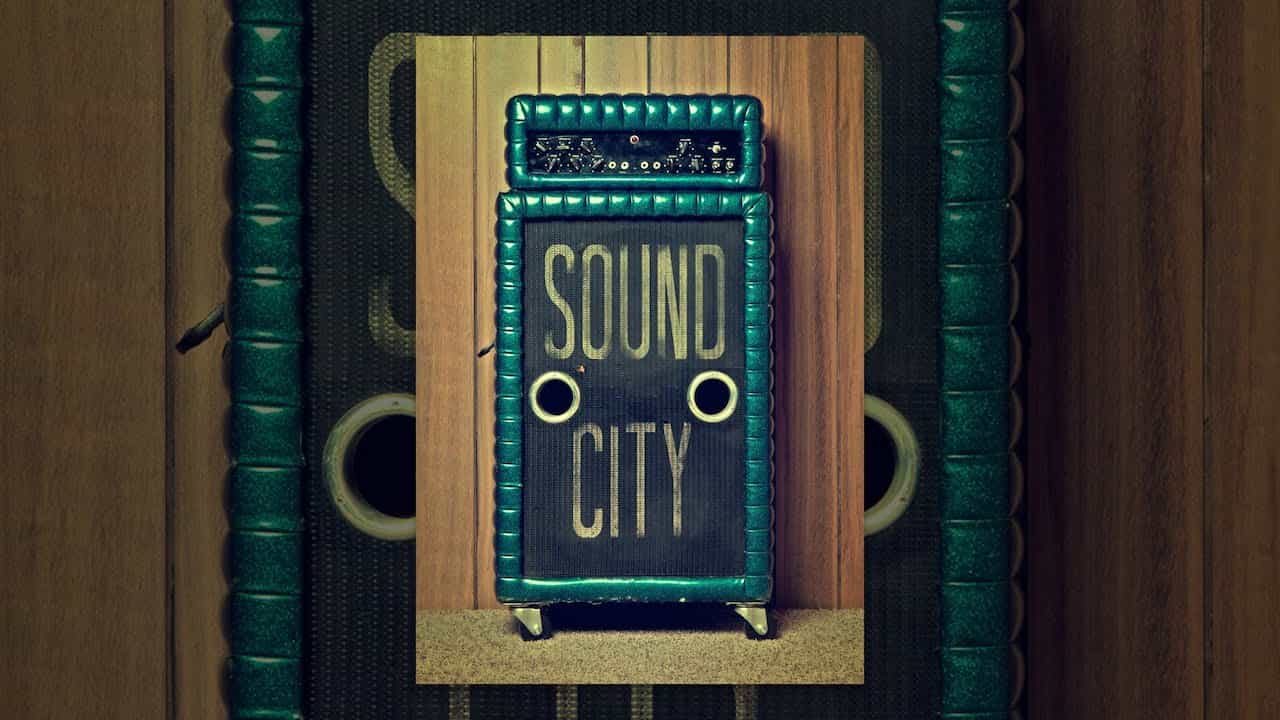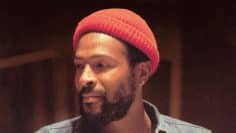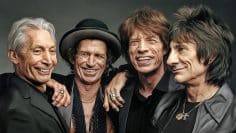Sound City
Sound City delves deep into the history of a legendary recording studio in Van Nuys, Los Angeles, and its impact on the music industry. Directed by Dave Grohl, former drummer of Nirvana and frontman of Foo Fighters, it chronicles the rise and fall of this iconic studio, which played host to some of the most influential musicians and bands of the past five decades.
The documentary begins by tracing the origins of Sound City Studios, founded in 1969 by Joe Gottfried and Tom Skeeter. Initially struggling to attract clients, the studio’s fortunes changed dramatically with the installation of a custom-built Neve 8028 analog mixing console. This piece of equipment, renowned for its exceptional sound quality, became the heart and soul of Sound City, drawing artists from around the world.
Throughout, Grohl interviews numerous musicians who recorded at Sound City, including Neil Young, Tom Petty, Stevie Nicks, and Rick Springfield. These artists share their experiences and memories of the studio, highlighting its unique atmosphere and the distinctive sound it produced. It pays particular attention to the recording of Fleetwood Mac’s self-titled album and Nirvana’s “Nevermind,” two landmark records that cemented Sound City’s reputation as a hit-making factory.
The film also explores the broader context of the music industry’s evolution, particularly the shift from analog to digital recording technologies. This transition posed significant challenges for Sound City, which had built its reputation on its analog equipment and recording techniques. It portrays the studio’s struggle to adapt to these changes and maintain its relevance in a rapidly changing industry.
As the story unfolds, it reveals how the studio eventually closed its doors in 2011, unable to compete with more modern facilities and home recording setups. However, things take an unexpected turn as Grohl purchases the Neve console and moves it to his own studio. This act of preservation leads to a series of new recording sessions, bringing together many of the artists who had previously worked at Sound City.
The documentary concludes by reflecting on the legacy of Sound City Studios and its enduring impact on popular music. Through interviews, archival footage, and new performances, it paints a vivid picture of a place that was more than just a recording studio – it was a creative hub that shaped the sound of generations.










